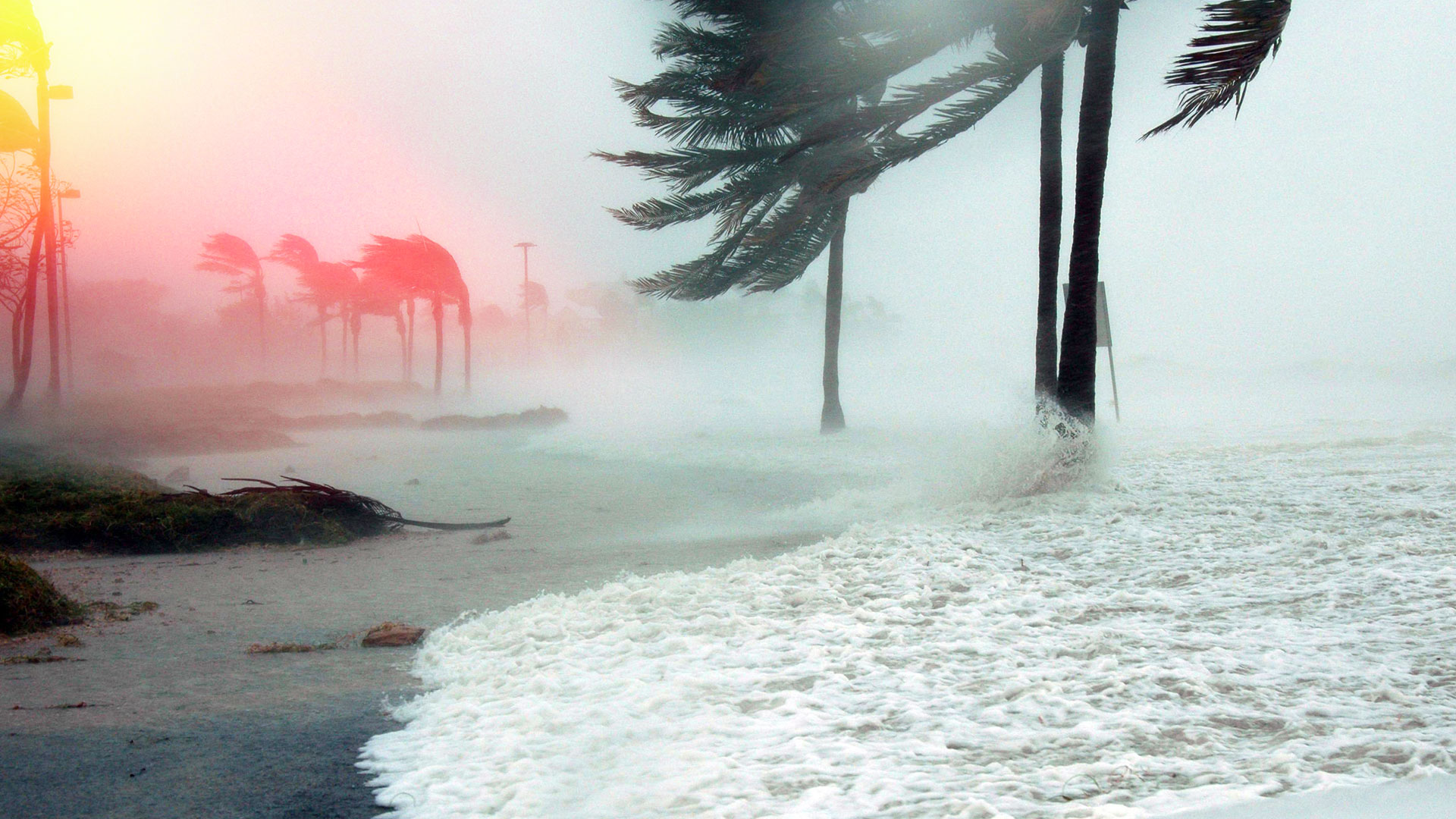
If 2016 was the year of political earthquakes, then 2017 will be the year of Mother Nature’s wrath. From Hurricanes Harvey, Irma and Maria to the earthquakes in Mexico and Iran, climate change and natural disasters have well and truly registered 9 on the Richter scale of global consciousness about their effects on human society.
Mother Earth mythologies are very common throughout the world. In Mesopotamia, Ninsun is female; the Aegean had Gaia, and perhaps most importantly for Western Civilization, the Romans had Terra Mater (Mother Earth).
A more recent variant such as James Lovelock’s Gaia principle, proposes that organisms interact with their inorganic surroundings on Earth to form a synergistic self-regulating, complex system that helps to maintain and perpetuate the conditions for life on the planet.
Cynics will scoff that this is all so much 1960s flower power claptrap. Whatever views one might have, however, no one can deny the power of nature to destroy communities and ecosystems as we have seen recently.
The world’s population depends on ecosystems and one promising approach to sustaining vital ecosystem services is to enable market-based mechanisms to mediate supply and demand, putting a price on these services. (Re)insurance services in turn are an an essential pillar of the world’s financial services ecosystem and so the re-emergence of a powerful hurricane season carries a financial cost for insurers.
Analysis by The Financial Times of third-quarter profits of major insurers shows that 2017’s Natural Catastrophe (NatCat) events damaged their profits. For major insurers Berkshire Hathaway, AIG, Swiss Re and Munich Re all suffered a combined loss of $35bn. Furthermore, Lloyd’s of London expects to pay out a total of $4.5bn. Overall, the estimated total cost from natural catastrophes in 2017 comes in at $110bn, a cost only surpassed by 2005 with Hurricane Katrina and 2011 with the earthquake in Christchurch, New Zealand and the earthquake and tsunami in Tōhoku, Japan.
Such losses are worrying insurers as they resurrect the worst-case scenario: what happens if insuring against natural disasters becomes unaffordable for households and companies? This is a scenario that can easily happen.
A spike in big NatCat claims will force insurers to increase the price of their premiums as the cost for carrying any NatCat risks especially in disaster-prone areas. Yet, this hike in premiums will rend catastrophe insurance unaffordable for many households and companies who would rather take a risk then pay the higher premiums.
Historically, the insurance industry struggles to cover natural disaster as analysis from Munich Re points out that insurance covered a fraction of the total losses in the costliest natural disasters from 1980 to 2015. So, it was no surprise when analysis by AIR Worldwide showed that insurers are only liable for 10% of the $75billion of damage wrought by Hurricane Harvey due to standard U.S. home insurance policies excluding cover against flooding.
While it may seem all doom and gloom for insurers, there is actually a silver lining. For if insurers can move beyond their traditional silo thinking and observe today’s drivers of risk, they will see a world that is more connected than ever before. In this connected world, risk is being interconnected, meaning that it can spread across multiple classes of business.
If insurers grasp the concept of Connected Risk, how can they use it to their advantage and in so doing turn the losses of the Q3 into opportunities in Q4?
Well, insurers need to move catastrophe modelling beyond focusing on property losses and towards connected risk. In practice, this means that (re)insurers need to change how they analyse risk. In previous times, when a natural disaster occurred, one could simply analyse risk through a ‘one-size fits all’ approach, which covered as many areas as possible.
Yet, as 2017’s natural disaster events showed, insurers now have to understand their exposures within each of the specialty insurance sub-classes. Alongside this analysis, they will need to rethink and refine their understanding of exposures from other connected risks such as supply chain, cyber and political violence.
The effects of the 1755 Lisbon earthquake is recognised as one of the deadliest earthquakes in history. The earthquake accentuated political tensions in the Kingdom of Portugal and profoundly disrupted the country's colonial ambitions.
The earthquake also formed the backdrop to the Voltaire novel Candide, which satirised a type of optimistic thinking epitomised by the novel’s character, Pangloss. It is time now to reject the Pangloss mantra that all is for the best in the best of all possible worlds and accept that now is the time to understand the world of connected risk.